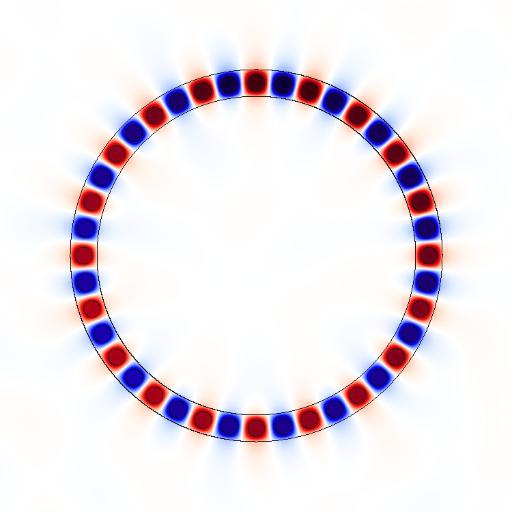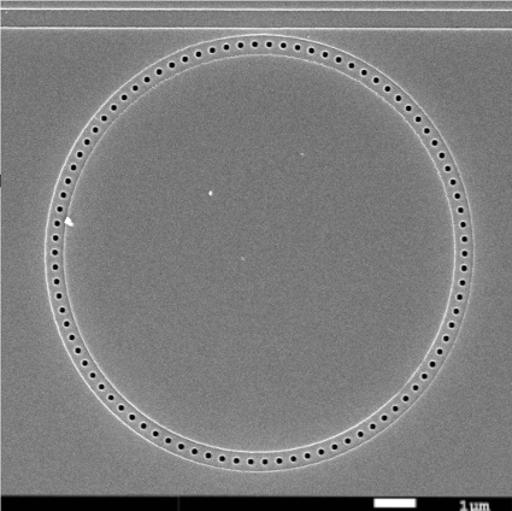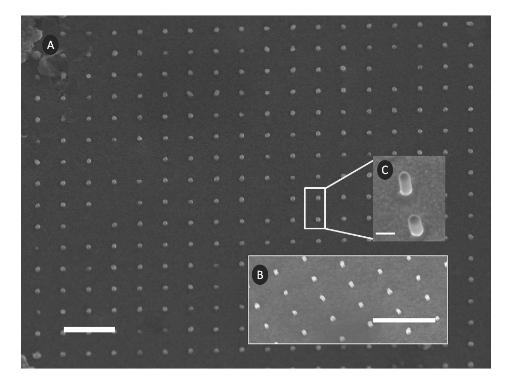
Dr. Pablo Bianucci, PhD
Thesis supervisor Accepting inquiries
- Associate Professor, Physics
Are you the profile owner?
Sign in to editThesis supervision details
Supervised programs: Physics (MSc), Physics (PhD)
Research areas: Micro- and nano-photonics, semiconductor nanostructures, optics
Contact information
Biography
Education
PhD (The University of Texas at Austin)
Research interests
- Physics and applications of nano- and micro-photonic devices
- Optical properties of nanomaterials
- Interaction of nanomaterials with optical resonators
- Applications of optical resonators
Research activities
Micro- and nano-photonics
Photonics is using light to transfer and process information instead of electrons. Thanks to the properties of photons (the virtual particles that carry light), photonics has the potential for creating faster and more power-efficient devices than electronics. One of the building blocks for photonic circuits is the optical micro-resonator, which keeps light confined in both space and time. Micro-resonators are the basis of many photonic devices, such as filters, modulators, delay lines, etc. We are interested in exploring optical micro-resonators with new geometries and materials for creating new micro- and nano-photonic devices.
Optical properties of nanomaterials
The optical properties of semiconductor nanostructures are incredibly rich. In collaboration with Dr. John Capobianco, in the Department of Chemistry and Biochemistry, we grow ZnO nanostructures using solution-based methods.
Slowing down trapped light
By carefully sculpting periodic patterns in dielectric media it is possible to slow down its group velocity (the velocity at which a wave can carry information). We have combined that patterning with microring resonators, to find the effect of combining confinement of light at the microscale with slow light.

Simulated magnetic field profile of a resonant mode in a photonic crystal ring resonator
Kathleen McGarvey-Lechable

Scanning electron microscope image of a photonic crystal ring resonator fabricated on the Silicon-on-Insulator platform.
Kathleen McGarvey-Lechable and Amir Hassanpour

Scanning electron microscope images of patterned nanorods on silicon substrates. Panel A is a view from the top, while insets B and C are 60-degree-tilted views. The Scale bars indicate 1 µm for A and B, and 200 nm for inset C.
Amir Hassanpour
Recent publications
A. Hassanpour, N. Bogdan, J. A. Capobianco, and P. Bianucci, “Hydrothermal selective growth of low-aspect-ratio isolated ZnO nanorods", Materials & Design 119, 464 (2017)
P. Bianucci, “Optical microbottle resonators for sensing", Sensors 16, 1841 (2016)
H. Ghali, H. Chibli, J. L. Nadeau, P. Bianucci, and Y.-A. Peter, “Real-time detection of Staphylococcus Aureus using whispering gallery mode optical microdisks", Biosensors 6, 20 (2016)
K. McGarvey-Lechable, and P. Bianucci, "Maximizing slow-light enhancement in one-dimensional photonic crystal ring resonators", Optics Express 22, 26032 (2014) .
View my full list of publications.
Teaching activities
Analytical mechanics (PHYS 245)
In this course, we apply calculus and vector calculus to describe and predict the motion of macroscopic objects.
Solid State Physics (PHYS 358)
This course is an introduction to the Physics of crystalline materials.

